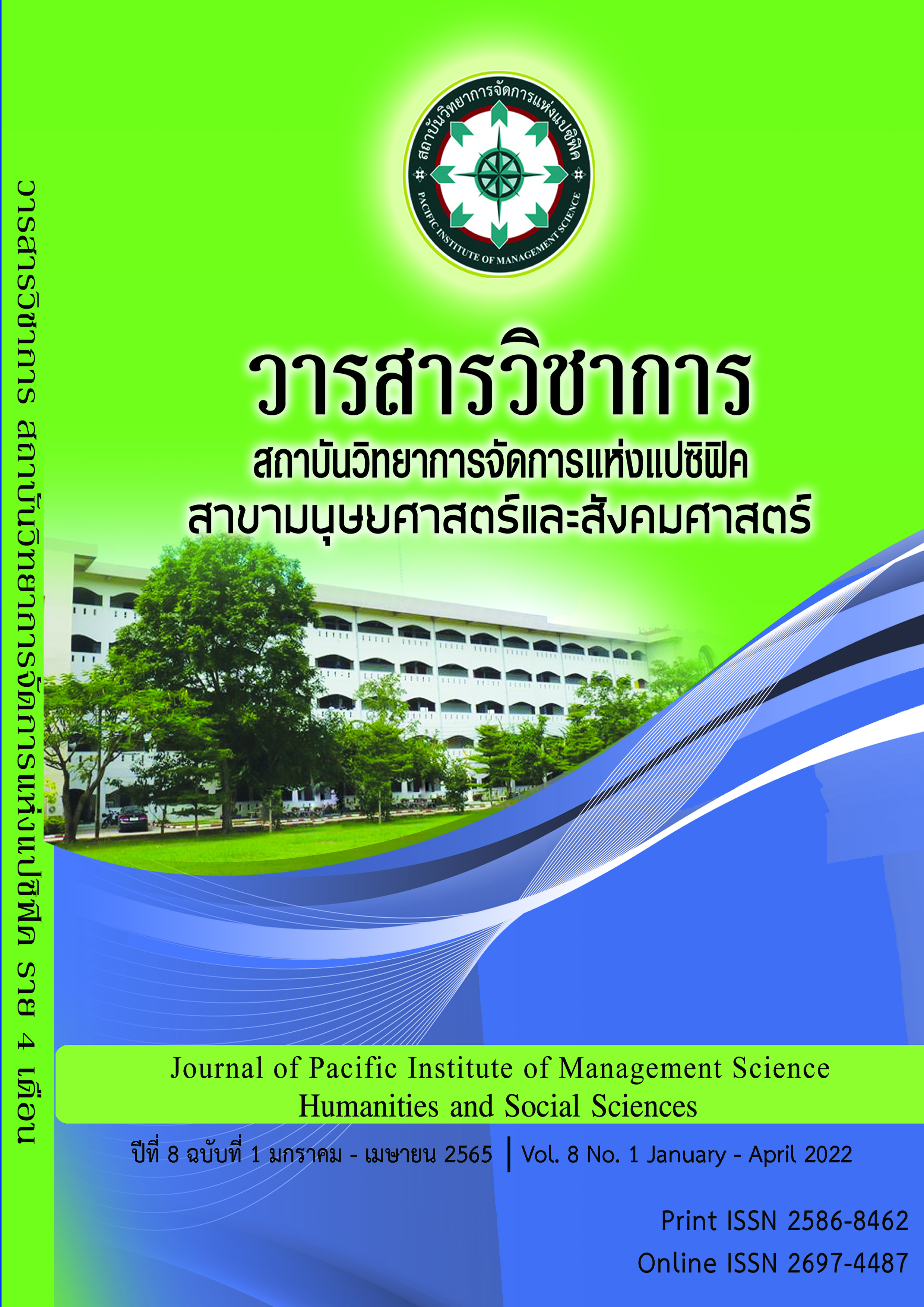Digital Forensics Evidence Proving Process: An Analytic Approach to Policy Development
Keywords:
Digital Evidence, Digital Forensics, Cybercrime, Proposed PolicyAbstract
The objective of this study is to present digital forensics evidence proving process and policy development which included special characteristics of digital evidence, digital forensics process, principles of digital forensics as well as policy development by applying a variety of different sources, from the most recent articles, books, research papers, and in-depth interviews with scholars who involve in digital forensics. Nowadays is a world of information technology and borderless communication. Internet is connecting the world together. Information technology therefore plays a very important role in daily life and be a part of life. This research found that nowadays there is a digital forensic management standard for digital forensics, provided by the Digital Forensics Center under the Electronic Transactions Development Agency (ETDA), that makes the digital forensic process meet the standards demanded to comprehensible standards of practice. However, the process to acquire digital evidence still remains unclear. This research suggests that in every step of criminal procedure for digital forensic management, particularly, investigation process, inquiry process, gathering of digital evidence, and the digital evidential hearing should have clear standards of conduct and practice to meet international standards and should give an opportunity of participation to other potential agencies in digital evidence forensics. Furthermore, there should be laws or guarantees that create standards for forensics, that lead to bringing justice to every party in the criminal justice process.
References
[2] Beckett, J. (2010). Forensic Computing: A Deterministic Model for Validation and Verification through an Ontological Examination of Forensic Functions and Processes (PhD, University of South Australia). Retrieved from Personal communication from author, September 2011
[3] Christensen, A. M., Crowder, C. M., Ousley, S. D., & Houck, M. M. (2014). Error and its Meaning in Forensic Science. Journal of Forensic Sciences, 59(1), 123–126. https://doi.org/10.1111/1556-4029.12275
[4] de Waal et al., 2008, A. de Waal, J. Venter, E. Barnard. Applying topic modeling to forensic data IFIP International Conference on Digital Forensics, Springer (2008), pp. 115-126
[5] Kohn, M., Eloff, J., & Olivier, M. (2006). Framework for a digital forensic investigation. Paper presented at the Information Security South Africa Conference 2006 from Insight to Foresight, Sandton, South Africa. Presented on 5-7 July.
[6] Mann, P. (2004). Cybersecurity: the CTOSE project. Computer Law & Security Review, 20(2), 125-126.
[7] Pollitt et al., 2008, Mark Pollitt, Kara Nance, Brian Hay, Ronald C. Dodge, Phili p Craiger, Paul Burke, Chris Marberry, Bryan Brubaker. Virtualization and digital forensics: a research and education agenda, J Digit Forensic Pract, 1556-7281, 2 (2) (2008), pp. 62-73
[8] Richard and Roussev, 2006, Golden G. Richard III, Vassil Roussev. Next-generation digital forensics
Commun ACM, 0001-0782, 49 (2) (2006), pp. 76-80
[9] Saltzer and Frans Kaashoek, 2009, Jerome H. Saltzer, M. Frans Kaashoek. Principles of computer system design: an introduction, Morgan Kaufmann (2009)
[10] Turnbull et al., 2009, Benjamin Turnbull, Robert Taylor, Barry Blundell. The anatomy of
electronic evidence â quantitative analysis of police e-crime data, International conference on
availability, reliability and security, (ARES ’09) (March 16–19 2009), pp. 143-149
Downloads
Published
Issue
Section
License
Copyright (c) 2022 Pacific Institute of Management Science

This work is licensed under a Creative Commons Attribution-NonCommercial-NoDerivatives 4.0 International License.
บทความที่ได้รับการตีพิมพ์เป็นลิขสิทธิ์ของ สถาบันวิทยาการจัดการแห่งแปซิฟิค
ข้อความที่ปรากฏในบทความแต่ละเรื่องในวารสารวิชาการเล่มนี้เป็นความคิดเห็นส่วนตัวของผู้เขียนแต่ละท่านไม่เกี่ยวข้องกับสถาบันวิทยาการจัดการแห่งแปซิฟิค และคณาจารย์ท่านอื่นๆในสถาบันฯ แต่อย่างใด ความรับผิดชอบองค์ประกอบทั้งหมดของบทความแต่ละเรื่องเป็นของผู้เขียนแต่ละท่าน หากมีความผิดพลาดใดๆ ผู้เขียนแต่ละท่านจะรับผิดชอบบทความของตนเองแต่ผู้เดียว







